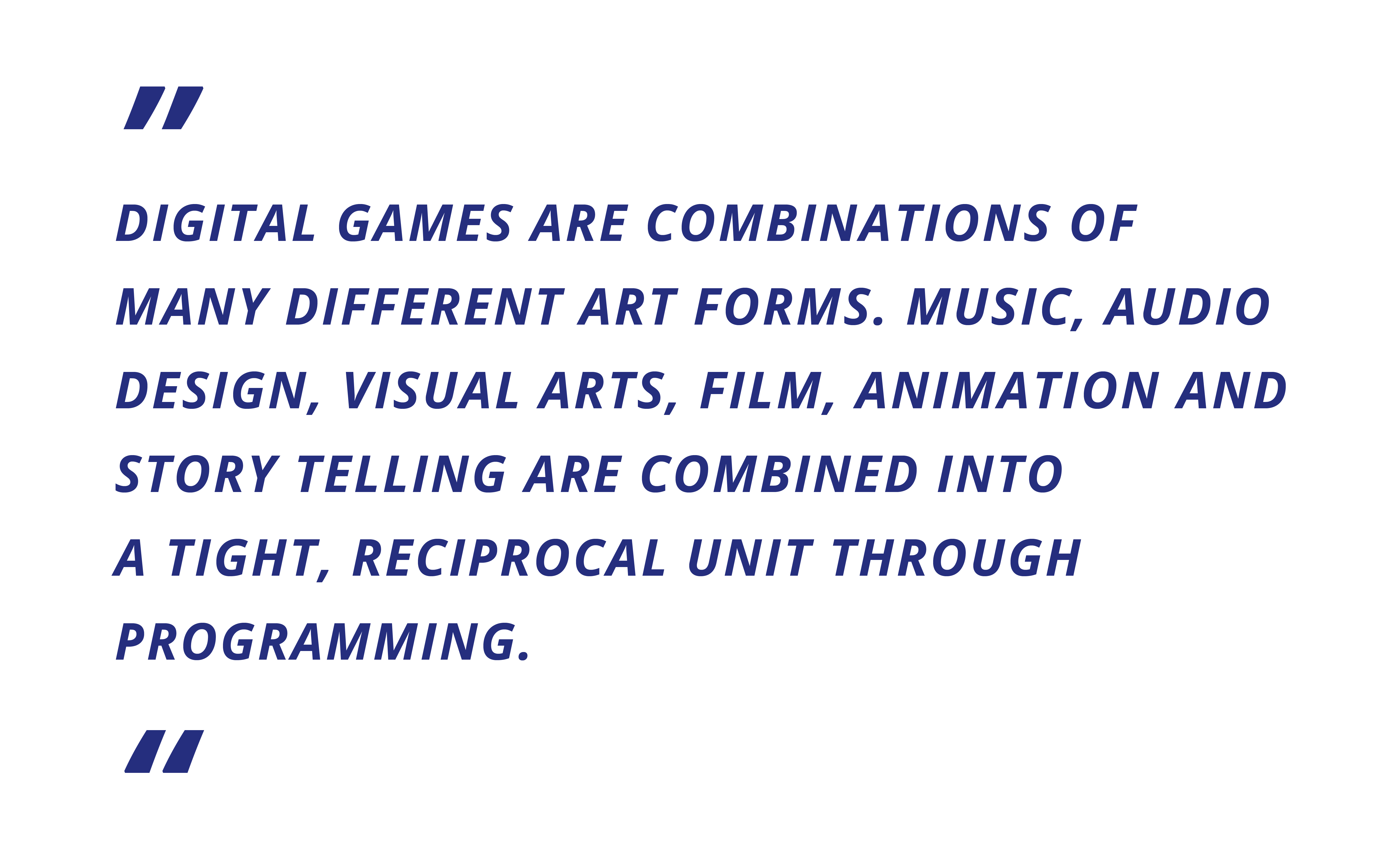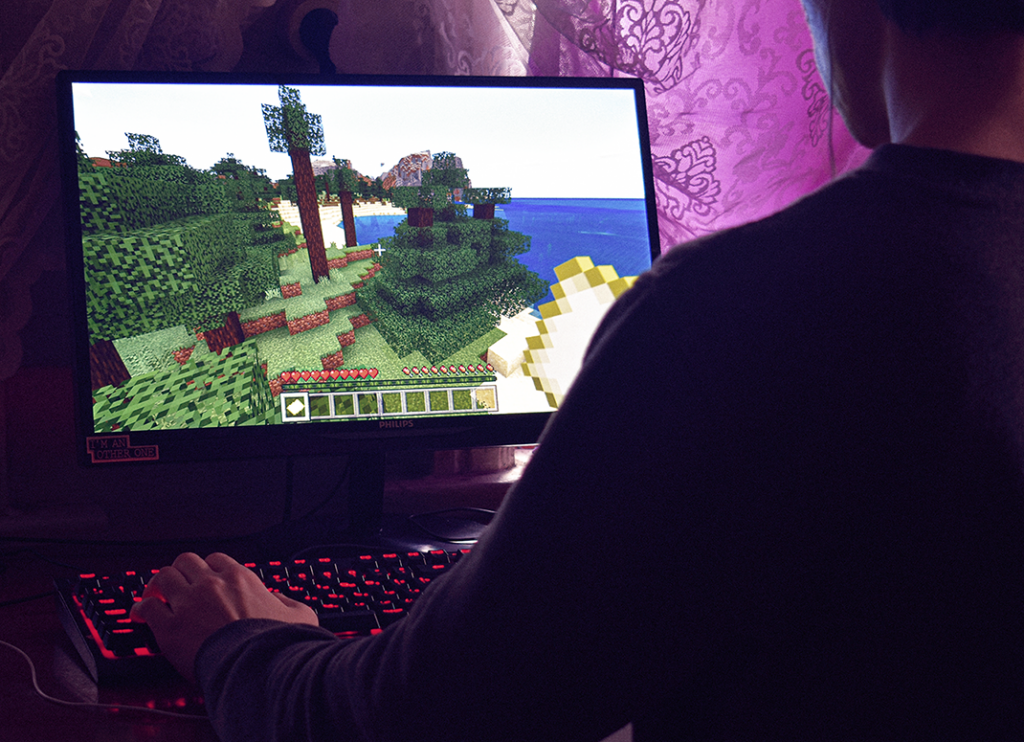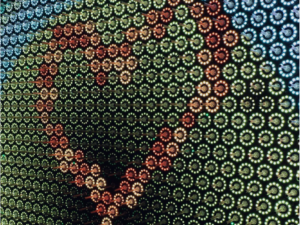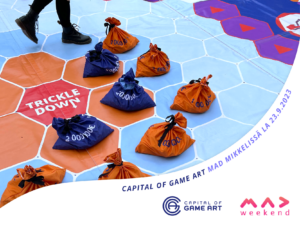Kaksivuotinen Pelitaiteen pääkaupunki -tapahtumakokonaisuus päättyy vuoteen 2023. Mitä saatiin aikaan?
Read moreWhat does the art of games mean?
Games have been a part of the history of humanity for thousands of years. Gaming evolving from free play has gained different meanings in our cultures within the years. Perhaps games were religious rituals in the beginning, perhaps they formed from the need to practice skills needed in hunting and trade like activities, and also survival and revival. Games have served as pastime, entertainment, sports and business.
The evolvement of digital games from simple tv ping pong and shooting asteroids to massive freely explorable virtual realities has lifted games also into the discussions in art circles. Modern digital games are in fact consortiums (unions) of different art forms. Music, sound design, visual arts, movies, animation and story telling come together into a close, reciprocal package, in which the experiencer also acts as a relevant creator of the piece.
Constructing a piece on the base on the actions of the participator is a specific characteristic of games, that cannot be found in any other art form. Game mechanisms and rules together with user interfaces ja interactivity give the player responsibility for the piece to be realized. In the games the player may also fail in their role. In this case they are forced to retry overcoming the challenges or live with the consequences of their own failures until the end of the game.
Lifting game design as the key aspect of game art partially opens the concept of the art of games from digital games to board games, table role games, live role-playing games (larps), experience rooms and many other directions we are not even aware of yet.


Games are a natural part of self-expression and making art for the generations that have grown up with digital games.

Game art as a concept consists of all forms of games from digital games to board games to role games.
Game designers have also begun to use their instrument to communicate their personal experiences, comment on societal phenomena and to many other functions of art that are familiar to many of us from other forms of art. Even though entertainment and the escape from reality are still in a big role, you can find a vast range of stopping, touching, delighting, puzzling and antagonizing pieces of art. Games are a natural form of self-expression and making of art for the generations who have grown up with digital games.
The Capital of Game art lifts games forward as an art form of its own. There will be a range of playable games from light entertainment to drama. Technological borders will not restrict the games that will spread though from the screens of mobiles and computers to the city surroundings and physical experiences. In the Capital of Game Art we will try new things, fail, and try again.
In addition to playing games, we will also speak about games and the game culture. Lecture series and seminars open the versatile and deep perspectives of games, making them, and gaming. The making of games will be a part of the action in both the professional context as for everyone else. The meaningful games will reach everyone in the Capital of Game Art, from school students to seniors.
More articles:
Mad Mikkeli 23.9.2023
Capital of Game Art on mukana Mikkelin Mad Mikkeli -festivaalilla 23.9.2023 klo 11.00 alkaen!
Read moreThe Train's game sessions at Poikilo in December
One of kind board game "Train" can be played at Poikilo on 10.12.2022.
Read more











